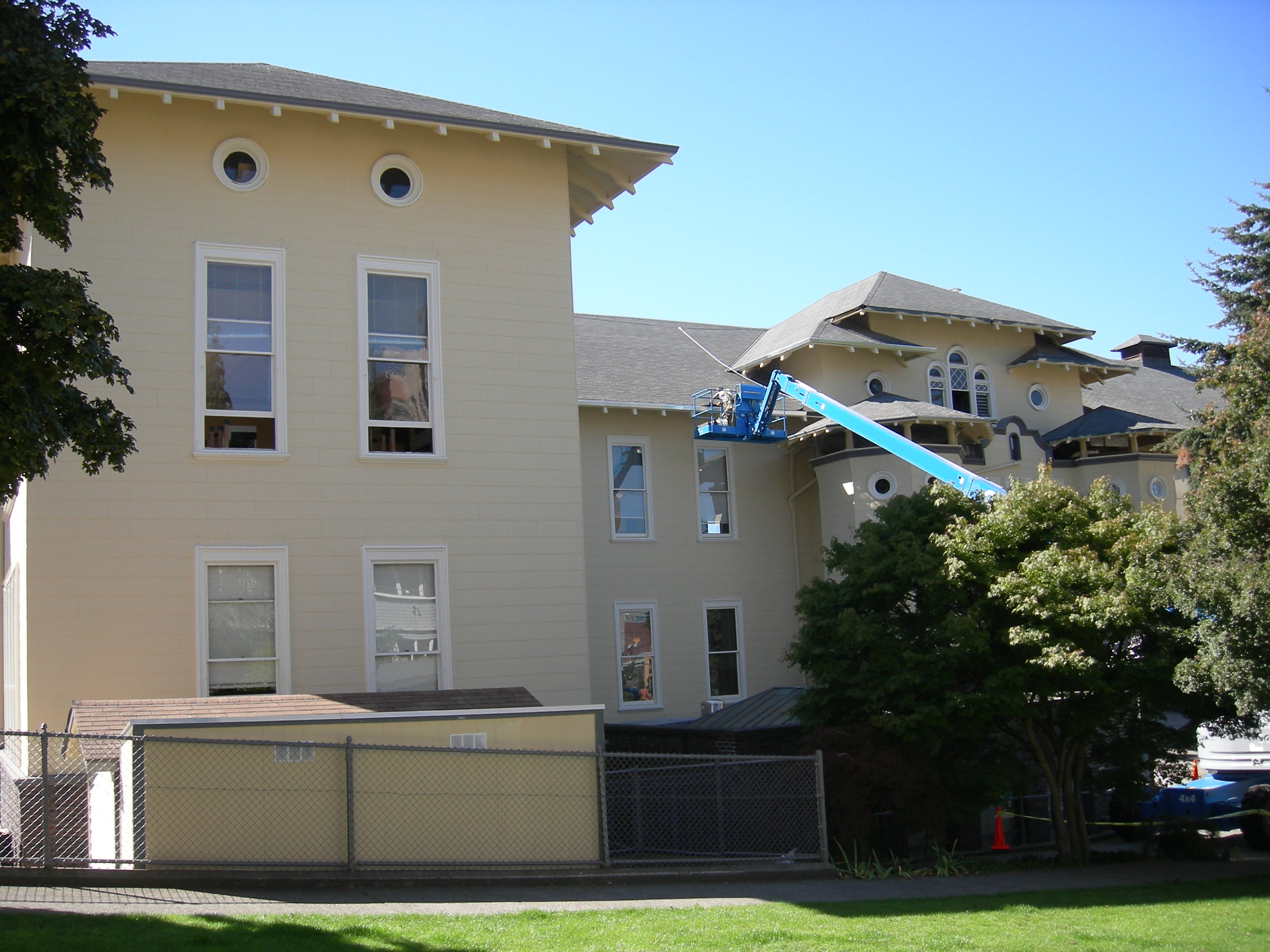When your roof starts to show signs of wear and tear, or in the event you’re planning a new construction project, hiring a roofing contractor is an essential part of the process. Roofing work is crucial, not only for the aesthetics of your home but additionally for making certain the structural integrity and protection of your property. Whether or not you are dealing with a roof repair or a complete replacement, it’s essential to know what to expect when hiring a roofing contractor.
1. Initial Session and Assessment
Step one in hiring a roofing contractor is to schedule an initial consultation. This is typically a free or low-cost service the place the contractor will come to your property to evaluate the condition of your roof. During this consultation, the contractor will examine the roof for any signs of damage, wear, or aging. They’ll additionally consider the structure of your property, the type of roofing materials already in place, and whether repairs or a full replacement is necessary.
The contractor will take measurements, evaluate the roof’s general health, and focus on your options. For example, in the event you’re dealing with leaks, the contractor may must assess the source of the problem, whether it’s a cracked shingle, improper set up, or something more significant. The more detailed the assessment, the better the contractor will be able to present you an accurate estimate and recommend one of the best answer for your roof.
2. Getting a Detailed Estimate
Once the contractor has assessed the roof, they will provide you with a detailed estimate. This estimate will define the scope of work, supplies wanted, and an total cost for the project. It’s essential that the estimate breaks down all costs concerned, including labor, materials, permits, and any additional fees. This will allow you to examine bids from other contractors if crucial and make sure you’re getting a fair price.
You must also inquire in regards to the warranty that comes with the roofing supplies and labor. A reputable contractor will stand behind their work and offer some form of warranty, which can range from a couple of years to a lifetime, depending on the materials used.
3. Researching and Verifying the Contractor
Once you have a couple of estimates, take the time to research and confirm the contractors. You’ll be able to ask for references or read on-line critiques to understand the experiences of different customers. A reputable roofing contractor ought to have a track record of successful projects, good customer support, and a professional attitude.
Additionally, be certain that the contractor is licensed and insured. This is essential for protecting both you and the contractor in case something goes improper during the project. A licensed contractor is typically required to observe local building codes and regulations, which helps guarantee the safety and quality of the work being done. Insurance coverage is crucial in case of accidents or damage during the project.
4. Material Choice and Project Scope
When you’ve chosen your contractor, they will work with you to choose the supplies that are proper for your roof. Depending on the type of roof you’re putting in or repairing, there are a number of materials options to consider, including asphalt shingles, metal roofing, clay tiles, and slate. Your contractor ought to guide you through the choice process, helping you make an informed choice primarily based on your budget, climate, and the aesthetic you’re aiming for.
In addition to choosing the materials, you’ll additionally want to agree on a clear timeline for the project. Roofing projects can range from a few days for simple repairs to several weeks for large replacements. Your contractor ought to provide you with a project timeline and keep you updated on any unexpected delays or points that arise.
5. Project Execution
As soon as everything is in place, the roofing contractor will begin the work. Expect to see a crew of workers arrive at your property, geared up with the mandatory tools and materials. Through the project, the contractor will oversee the work to ensure it meets industry standards and follows the agreed-upon plan.
While roofing projects can be disruptive, the contractor should take steps to reduce the impact on your each day life. The work area must be properly secured to forestall accidents, and particles needs to be cleared commonly to keep your property safe.
6. Final Inspection and Cleanup
After the roofing project is accomplished, the contractor will conduct a final inspection to ensure that everything is in proper order. They will check the roof for any remaining points and ensure that the work meets each your expectations and trade standards.
Additionally, an excellent roofing contractor will ensure the worksite is cleaned up. This contains removing any particles, nails, and leftover materials. It’s best to walk through the finished project with the contractor to make sure you’re satisfied with the work and that no particulars were overlooked.
Conclusion
Hiring a roofing contractor can really feel like a daunting process, but with the precise preparation, it can be straightforward and stress-free. By researching contractors, understanding the scope of work, and setting clear expectations, you possibly can guarantee a profitable roofing project that will protect your property for years to come. Whether you are dealing with minor repairs or a major roof replacement, choosing a reliable, professional contractor is the key to a quality result.

